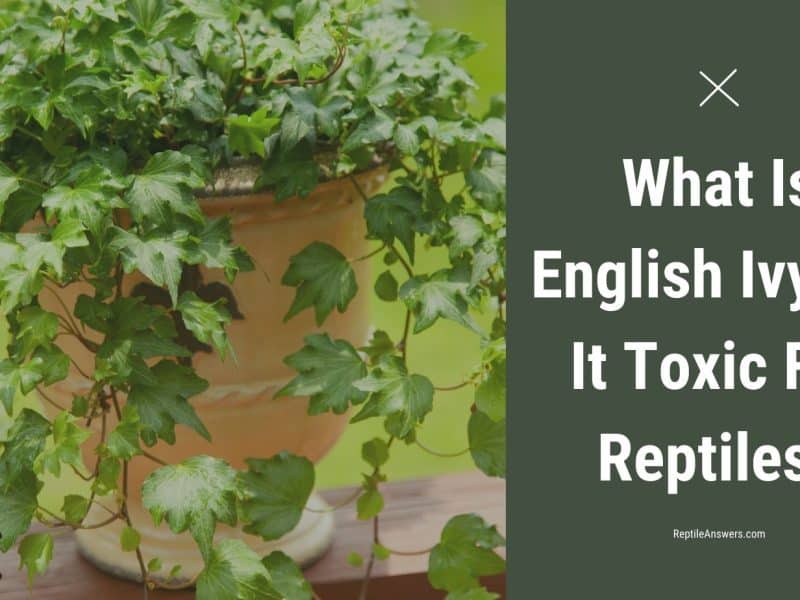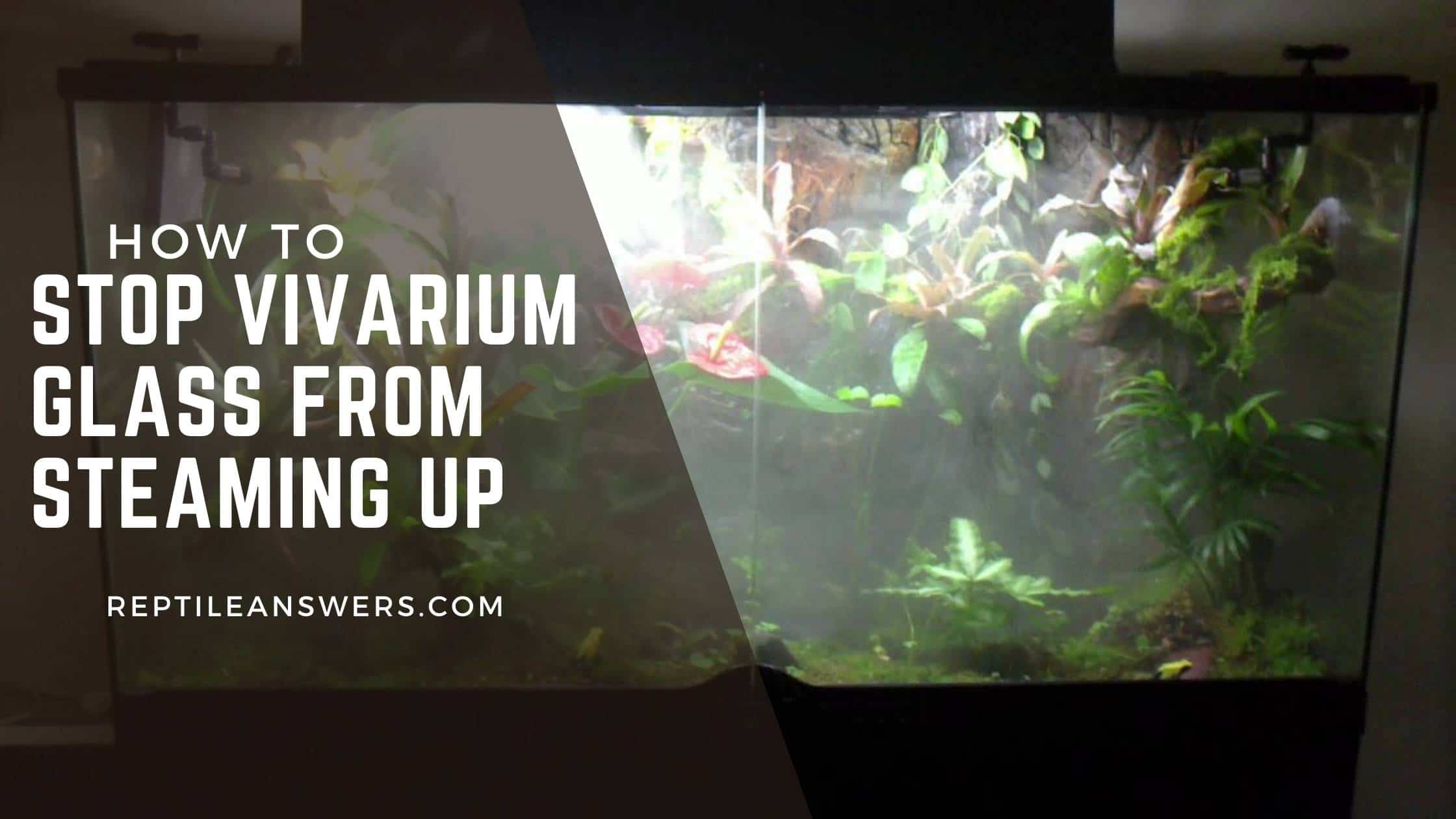Snake plants, also known as mother-in-law’s tongue or good luck plants, are a popular houseplant known for being low maintenance and hardy. However, snake plants contain saponins, compounds that make them mildly to moderately toxic to dogs if ingested.
What Makes Snake Plants Toxic?
The leaves and stems of snake plants contain saponins, naturally occurring chemicals that help defend the plant from insects and fungi4. Saponins have a bitter taste and foamy texture that deters most plant-eating insects and animals. Unfortunately, these protective saponins can cause poisoning symptoms if a dog eats a snake plant. The toxins are most concentrated in the leaves, but even the water from cuttings can contain enough saponins to cause stomach upset in dogs4.
Signs of Snake Plant Poisoning
According to veterinarians, the most common symptoms of snake plant poisoning in dogs are:
- Excessive drooling and salivation
- Dilated pupils
- Nausea
- Vomiting
- Diarrhea
- Abdominal pain
In severe cases, the saponins can rupture red blood cells leading to anemia, dark urine, weakness, collapse and even death, although this is very rare2. If a dog eats a small part of a snake plant, mild gastrointestinal signs like vomiting may be the only symptom. But ingestion of large amounts can cause more severe illness. Plant materials can also get lodged in the mouth, esophagus or intestine, so vomiting plant parts or inability to eat are reasons to seek veterinary care.
What to Do if Your Dog Eats a Snake Plant
If you see your dog eat any part of a snake plant, take the following steps right away:
- Call your veterinarian or the ASPCA Animal Poison Control Center hotline at 888-426-4435. Describe what part of the plant was eaten and how much so they can advise you on the risk level and need for treatment.
- Check your dog’s gums and eyes for signs of red blood cell damage like pale gums or urine that looks dark brown or red tinged.
- Induce vomiting at home if recommended by your vet. Give 3% hydrogen peroxide orally based on your dog’s weight, then bring them in to be examined.
- Bring a sample of the plant so the vet can identify it and determine treatment based on the species and how much was ingested.
- Monitor for gastrointestinal signs like drooling, vomiting, diarrhea or loss of appetite over the next 24 hours. Call your vet if any of these are severe or persist more than a day.
With prompt veterinary treatment, most dogs recover fully from snake plant poisoning. Intravenous fluids, anti-vomiting medication, pain control and close monitoring are typically used to manage symptoms and prevent dehydration or secondary issues.
Snake Plant Alternatives for Pet Owners
To keep your pets safe, the ASPCA recommends avoiding snake plants as houseplants if you have dogs, cats or other curious pets in your home that may try to sample the leaves. Some non-toxic, pet-safe alternatives to consider instead include:
- Cast iron plants: Similar sword-like foliage without saponins1.
- Ponytail palms: Interesting trunk shape and cascading leaves1.
- Spider plants: Fun grassy appearance and easy care1.
- Pothos: Trailing vines with heart-shaped leaves.
- Philodendrons: Vining aroids with large, split leaves.
- Chinese evergreens: Dramatic speckled foliage.
Check specific varieties with the ASPCA toxicity lists first, but in general these plants are less likely to pose a risk to your pets. You can also make high shelves or hanging planters to keep houseplants safely out of your dog’s reach.
Conclusion
While their spiky leaves and resilience make them very popular houseplants, snake plants do contain mild toxins that can cause excessive salivation, vomiting and diarrhea in dogs. Severe poisoning is rare but possible if a large amount is eaten. To prevent any accidental ingestion, keep snake plants out of reach of pets in your home. Check any plants you bring home against reputable toxicity lists, and consider safer alternatives like cast iron plants, ponytail palms or pothos vines. Being aware of poisonous plants can help you avoid emergencies and make sure your beloved furry friends stay happy and healthy.



